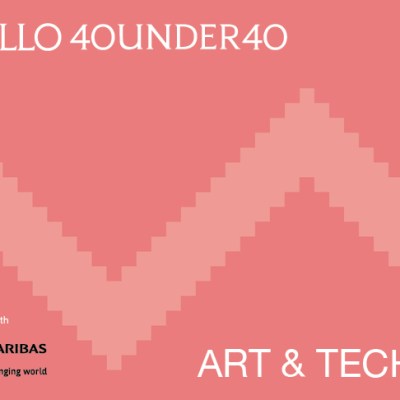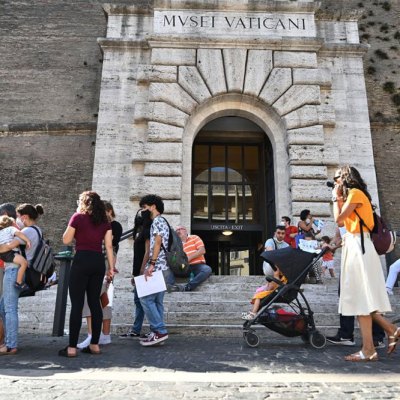From the September 2021 issue of Apollo. Preview and subscribe here.
Say it quietly, but this year’s edition of Art Basel is shaping up to look refreshingly normal – at least if numbers are anything to go by. Setting up shop in the Messeplatz are 272 galleries from 33 countries – just a fraction under the 290 that took part in 2019. Sixty monumental artworks comprise the fair’s ‘Unlimited’ section, and there’s a full (in-person) talks programme. ‘Very close students of the fair will miss a gallery here or there,’ says Art Basel’s global director Marc Spiegler, ‘but for most people – once they’re in the door, past the Covid protocol stations – things are going to feel pretty similar.’
The figure that can’t yet be gauged, of course, is attendance. The fair welcomed some 93,000 visitors from all over the world in 2019, and at this stage of a long pandemic, with travel restrictions still in existence, it would be a brave bet for a repeat. As has become the norm, the fair offers a ‘hybrid’ model, digital platforms coinciding with the physical event – but for Spiegler, arriving at this new approach feels like more of a detour than a change of tack. ‘A lot of progress was made during the pandemic in what, frankly, has been quite a retrograde industry in terms of the digital. We still believe there’s a unique power to a patron of the arts standing in front of an artwork and discussing it with the gallerist who represents that artist. But what the pandemic has allowed us to develop is the capacity to better serve the absent collector.’
Diagrama de um tempo insano III (2020), Luiz Zerbini. Stephen Friedman Gallery at Art Basel. Photo: Pat Kilgore; courtesy the artist and Stephen Friedman Gallery, London

So online viewing rooms are here to stay – but whether you’re flying in or logging on, what awaits is a typically impressive range of work, comprising a summary of the present moment in contemporary art. Curated displays in the fair’s ‘Feature’ section include an exploration of the role of plants and botany in the work of last year’s Prix Marcel Duchamp winner, Kapwani Kiwanga, and a presentation of Mira Schor’s monumental, multi-canvas War Frieze (1991–94). In the main section, Lehmann Maupin brings a group of the Swiss artist Heidi Bucher’s eerie latex castings of doors; at Stephen Friedman the range of works includes a recent geometric abstraction by Brazilian stalwart Luiz Zerbini; while Ben Brown offers a display of ceramics by Lucio Fontana.
Concetto Spaziale, Natura (1959–60), Lucio Fontana

Beyond the Messeplatz, René Schmitt has installed posters across the city of Basel made by Michael Baldwin and Mel Ramsden’s Art & Language collective – as they did in London in 1977. It’s part of the long-standing ‘Parcours’ programme, connecting the fair with the historic Swiss city it calls home. As further evidence of business returning to something like usual, an extensive round of museum shows and satellite events – from Camille Pissarro at the Kunstmuseum to Design Miami/Basel – awaits visitors to Basel. For Spiegler, ‘what’s been missing is a sense of place’ – but more than that, the people. ‘Trite as it may sound,’ says Spiegler, ‘the art world is a very social world. I’m excited to see people coming back into the mix – there’s a lot of people I haven’t seen in a year and a half.’
Art Basel takes place at the Messeplatz, Basel, 24–26 September.
From the September 2021 issue of Apollo. Preview and subscribe here.



